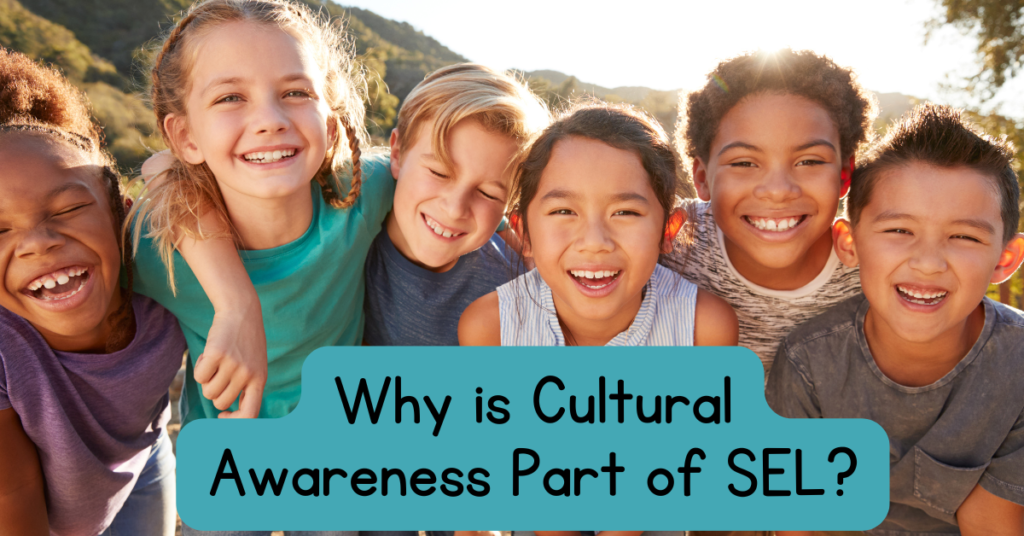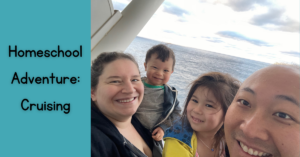When I first released my Social and Emotional Learning Collection, a friend checked it out and mentioned something that she didn’t understand. She noticed all of the classic SEL topics, but then she asked me why is cultural awareness part of SEL? Here’s the quick answer: when you learn about other cultures, it allows you to understand other people better. Stay tuned for the slow answer…
What part of SEL includes Cultural Awareness?
I think most people focus on the “self” and “emotional” aspects of social and emotional learning, but there’s more to it. Yes, we have self-awareness and self-management, but there’s also social awareness, relationship skills, and decision-making.
When you focus on your own culture, that can be included in self-awareness, but most cultural focuses can be categorized as social awareness along with relationship skills. Social awareness is basically the act of putting yourself in someone else’s shoes, viewing things from their perspective. What better way to do this than by learning about other cultures and actually experiencing them up close by tasting their food, listening to their music, visiting their churches? Relationship skills begin with treating others how you want to be treated, which includes respecting what makes you the same or different, including their culture.
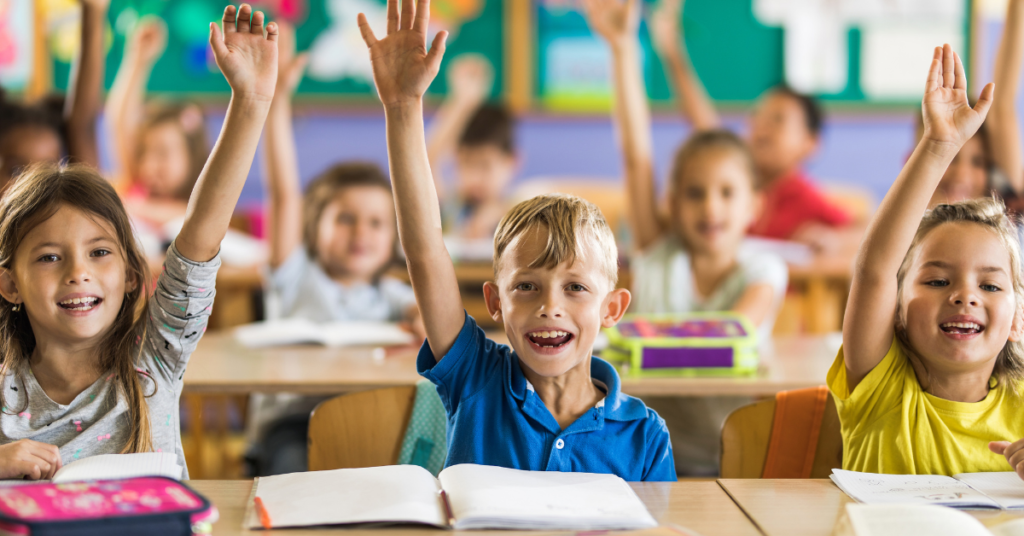
Why is Cultural Awareness Important?
I don’t know about you, but I grew up as a white female in a mostly white area. There were a few African American kids, and even fewer with Asian backgrounds. It’s weird looking back and trying to remember the other cultures because I know I was basically color-blind to skin tones as a child. I’m not sure if that’s a good or a bad thing, or if it indicates self-centeredness on my part. I didn’t treat people differently because of their color, but I also didn’t acknowledge it to learn about our cultural differences. The majority of what I learned about other cultures came from television: shows like Family Matters and Sister Sister, and movies like Polly, The Color of Friendship, and Selena.
In this day and age, things have changed dramatically. There are more opportunities for natural exposure to other cultures. As an adult, I have many friends and acquaintances that are first or second generation Americans and share their experiences. My children are Asian American and we often get to hear about their grandparents’ childhoods in Asia. Even if we just look to the media, movies like Black Panther and Crazy Rich Asians (these examples are for adults, unlike my earlier references) are moving cultural awareness mainstream and allowing non-white cultures to be seen and better understood by the masses.
Cultural awareness is about recognizing that other people experience the world differently than you do. Things that are normal or commonplace for you may be the exact opposite of what’s considered normal to other people… even within your own culture. We may have commonalities, but the differences are what make us special!
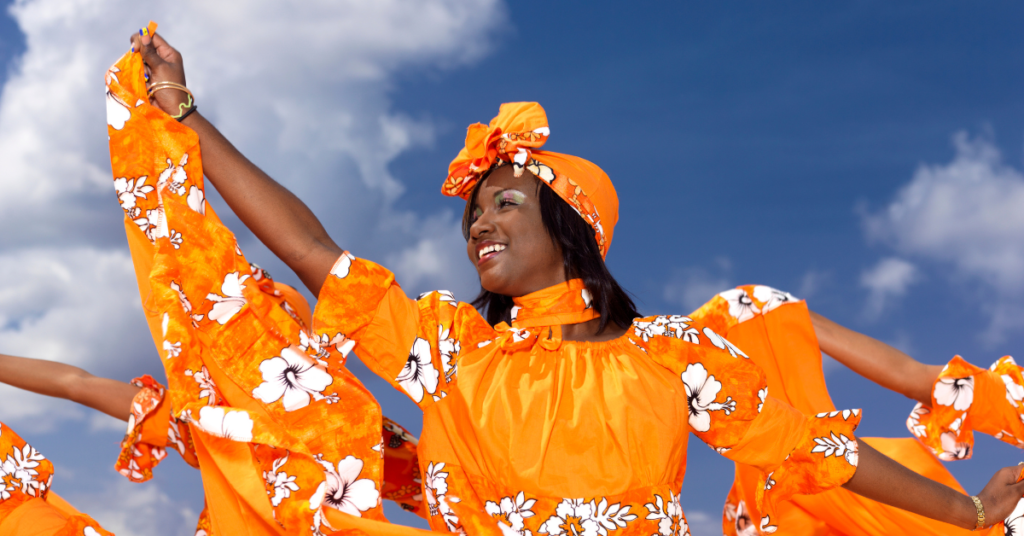
How Can I Teach My Kids Cultural Awareness?
You know how there are often big parades and get together for different cultures? I don’t mean the Halloween or Thanksgiving Day parades (though they might include some cultural celebrations). I mean more like Chinese New Year, Saint Patrick’s Day, Cinco de Mayo, Juneteenth, or just general festivals (instead of holidays) for Greeks, Asian American and Pacific Islanders, Italians, and more. Pretty much every culture has some kind of national or international day and/or celebration.
You could potentially attend these celebrations to open your children’s eyes to other cultures. It’s a great opportunity to find authentic food and music and dancing, too. I know I wouldn’t feel comfortable taking my young kids to an event with large crowds unless I had another adult with me to help keep an eye on them, so it’s worthwhile to note that you do not necessarily have to attend these events to utilize the opportunities they present. The point is more about being aware and making your kids aware as well.
If you don’t attend, you can use the announced events as a launching point for your family research. If there’s a Caribbean Celebration (we recently had one locally), head to the library and see what books you can find by Caribbean authors, try to find a Caribbean cookbook and make a few recipes, listen to music from the Caribbean islands on YouTube or Spotify. discuss what countries make up the Caribbean and what makes them each unique. You can also reach out to friends from the Caribbean and see if they’d be willing to come over or share a Zoom call with your kids to tell stories and answer questions. If they do come over, make a day of it. Take the time to make recipes from their home country with them (or for them) and give your kids a chance to try some authentic Caribbean flavors.
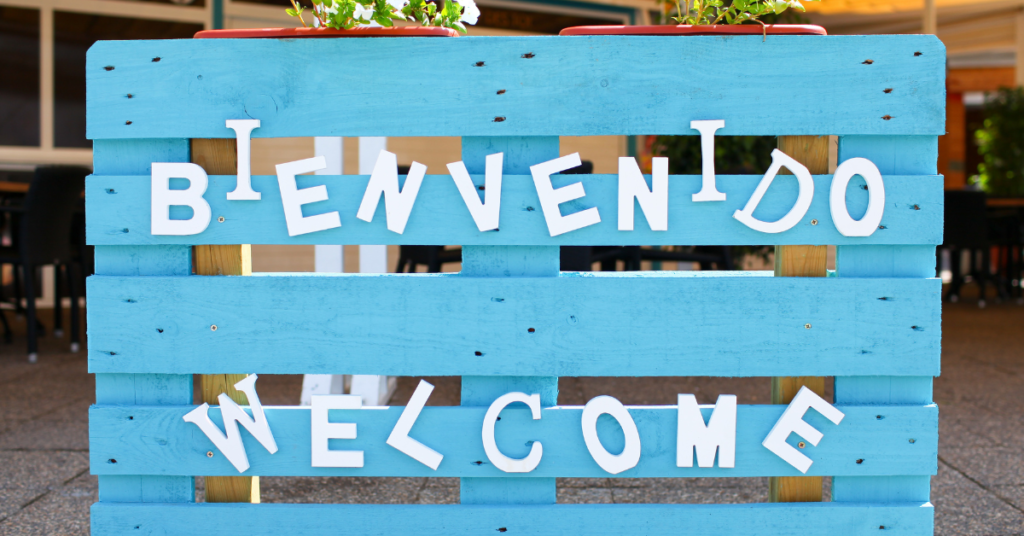
Cultural Awareness and the Future
Although it may not be true in all areas of the United States or the world, where I live locally, there is a larger variety of colors and cultures than how I grew up. Multiculturalism is becoming a way of life. At my mom’s church (that I attended growing up), they now alternate English-speaking and Spanish-speaking masses. When my niece has a school concert, everything is spoken in English and Spanish to ensure all of the family attending will feel included. Children and adults are exposed to multiple languages, perspectives, and cultures on an everyday basis, and it’s often celebrated and embraced as the new normal.
Just as these societal changes have occurred as I’ve grown, they will continue as our children grow. My Asian American children are a testament to the changes in the world. So are all other families and children of mixed cultures. Through cultural awareness, including the social awareness, relationship skills, and decision-making that it entails, we teach our children to be ready for the coming changes to the world. They learn to empathize, respect and value diversity, and create naturally inclusive environments.
We are lucky to live in a world filled with diversity. Even identical twins have their own unique thoughts, emotions, and personalities. Teaching our children to value this diversity is invaluable for their futures. It will allow them to become the leaders of society in the future and is a step in the right direction towards world peace.
Thank you for joining us today In Our Homeschool!
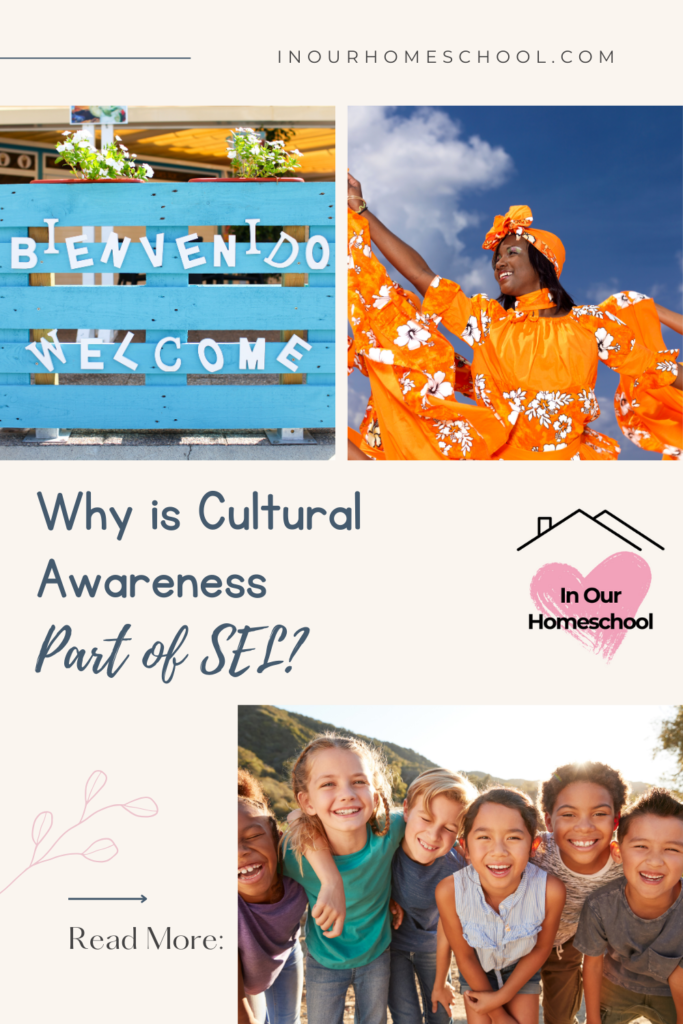
Disclosure: As an Amazon Associate I earn from qualifying purchases. This post may include affiliate links which means I may earn commissions for purchases made while using my link.

